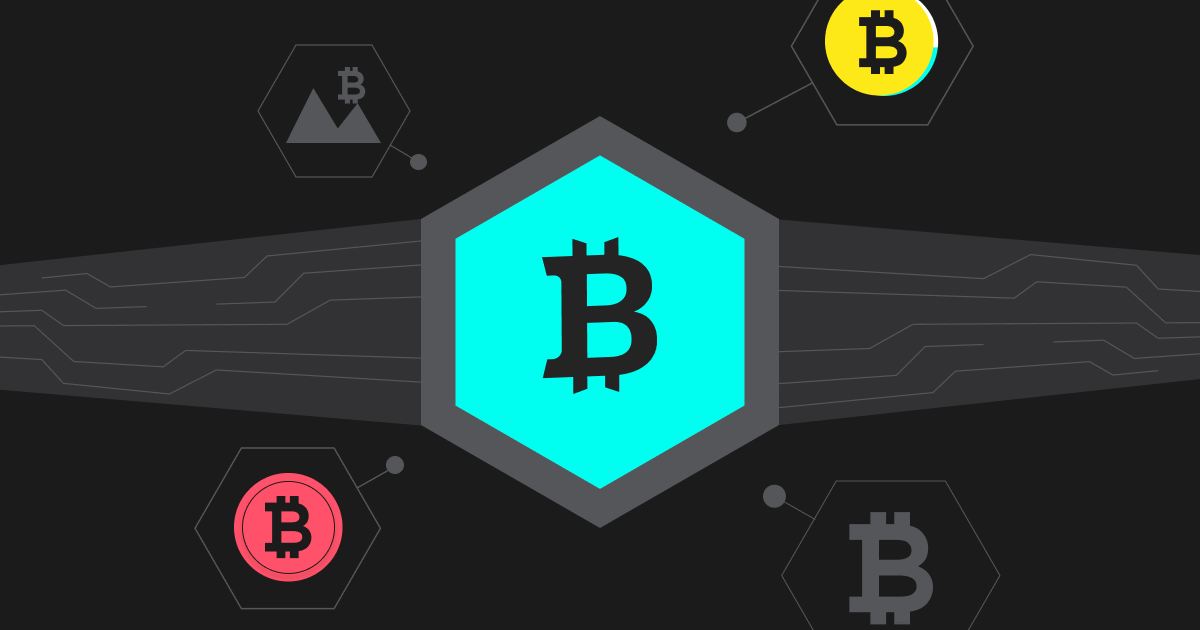
Understanding Bitcoin Ordinals
In 2009, Bitcoin emerged as the first decentralized digital currency, setting the stage for future innovations in the crypto space. Ethereum took this foundation further in 2014 by introducing decentralized apps and smart contracts on its platform. With the release of ERC-20 tokens in 2015, Ethereum expanded its capabilities to support a multitude of digital currencies beyond its native ETH.
In January 2023, Bitcoin launched its Ordinals protocol, making it possible to attach extra data to each satoshi on the Bitcoin blockchain. This development propelled Bitcoin into a new era of innovation and diversity, integrating both fungible and non-fungible tokens into its ecosystem. By the beginning of February 2024, data from Dune Analytics revealed that approximately 59,584,622 Ordinals had been created (or minted), showcasing the rapid growth and interest in the community.
Today, let's dive into the innovative concepts in the world of Bitcoin: Ordinals, Inscriptions BRC-20 Tokens.
Definitions: Ordinals, Inscriptions, Satoshis
But first, what exactly are Bitcoin Ordinals, and how do they differ from other NFTs?
Bitcoin Ordinals: Tracking Every Satoshi
Bitcoin Ordinals are a way of attaching or “inscribing” digital content (such as images, videos, etc.) to individual satoshis on the Bitcoin blockchain. A satoshi, or sat for short, is the smallest unit of BTC, and is worth 0.00000001 BTC.
The Bitcoin Ordinals protocol involves two key concepts: ordinals and inscriptions.
Ordinals refer to a system that orders satoshis in a unique way, creating the non-fungible property necessary for NFTs. In simple terms, ordinals assign a specific number to each satoshi, making it distinguishable from others. This numbering system ensures that each satoshi has a unique identifier.
Inscriptions are the actual digital content linked to satoshis, ranging from images and text to videos, symbolizing the NFT associated with a particular satoshi.
Bitcoin Ordinals vs. Traditional NFTs
Unlike other kinds of NFTs, inscriptions are created as an immutable on-chain presence of digital content on the Bitcoin blockchain. They are integrated directly into the blockchain and do not require any separate layers or changes to the Bitcoin protocol. They can be accessed and traded using BTC itself.
Casey Rodarmor, the creator of Bitcoin Ordinals, prefers to describe these as “digital artifacts” rather than NFTs, to highlight their potential applications beyond the conventional NFT market. Nonetheless, the term NFT remains widely used within the community due to its familiarity.
In simple terms, here are some key distinctions between Bitcoin Ordinals and traditional NFTs:
● Bitcoin Ordinals entail portions of Bitcoin with attached information, whereas NFTs represent tokens symbolizing digital assets.
● Unlike NFTs, Bitcoin Ordinals do not use smart contracts for executing actions, and housing their data entirely on the blockchain.
● In contrast to NFTs, Bitcoin Ordinals typically lack attached creator royalties.
● Due to Bitcoin's permissionless nature, Bitcoin Ordinals can't be censored, potentially facilitating the creation of copyrighted content without the ability to remove it.
BRC-20 tokens
Created in March 2023, BRC-20 (short for Bitcoin Request for Comment 20) utilizes JSON (JavaScript Object Notation) ordinal inscriptions to deploy token contracts, mint new tokens, and enable token transfer.
BRC-20 tokens store data directly on Bitcoin, thanks to the ordering mechanism enabled by the Ordinals protocol. This means that while all BRC-20 tokens use ordinals, not all ordinals are BRC-20 tokens.
The first ever BRC-20 token, ORDI, was soon released, and thousands of other tokens followed suit. The once monotonous Bitcoin blockchain is now teeming with new opportunities.
Eager to delve deeper into these innovative concepts? Be sure to explore our Academy series:
Everything You Need to Know About Bitcoin Ordinals
Top 5 Most Valuable Bitcoin Ordinals Collections
How to Buy and Trade Bitcoin Inscription / BRC-20 Tokens?
Bitget, with a whopping US$10 billion in daily trading volume and more than 20 million loyal users from 100 countries, we value users and strive to give you the most intuitive experience. With that said, we have all the cool BRC-20 tokens ready. You can easily buy and trade the popular Bitcoin Inscription / BRC-20 tokens in Bitget's Market.

We also proudly introduce the Inscription price page, a one-stop resource with comprehensive data and analytics, enabling you to make well-informed decisions. This feature is your personal guide to the ever-evolving landscape of digital assets.

Visit Bitget Inscription Price Page!
Conclusion
Bitcoin Ordinals emerged as a unique idea within the Bitcoin ecosystem, introducing non-fungibility to traditionally fungible BTC by differentiating between inscribed and non-inscribed satoshis, sparking unexpected excitement among enthusiasts. This innovation challenges Bitcoin's fungibility and raises questions about its market cap, with the potential to redefine Bitcoin as non-fungible if all satoshis were inscribed.
However, the inscription process poses legal and content concerns, necessitating a balance between innovation and blockchain integrity. This said, it is worth highlighting once again that the Ordinals ecosystem is still in its early stages of development, and its future trajectory remains uncertain. Similarly, BRC-20 tokens offer a fresh approach to semi-fungibility on Bitcoin but are in an even earlier stage of development and currently lack the maturity of more established standards. Despite recent declines in popularity, continuous monitoring of BRC-20 tokens is essential.
Overall, Ordinals and BRC-20 tokens signify significant developments in Bitcoin's use, albeit with ongoing challenges and uncertainties, highlighting the blockchain's evolving nature and the potential for new applications, and we at Bitget are excited to be part of this journey!
Disclaimer: The opinions expressed in this article are for informational purposes only. This article does not constitute an endorsement of any of the products and services discussed or investment, financial, or trading advice. Qualified professionals should be consulted prior to making financial decisions.
